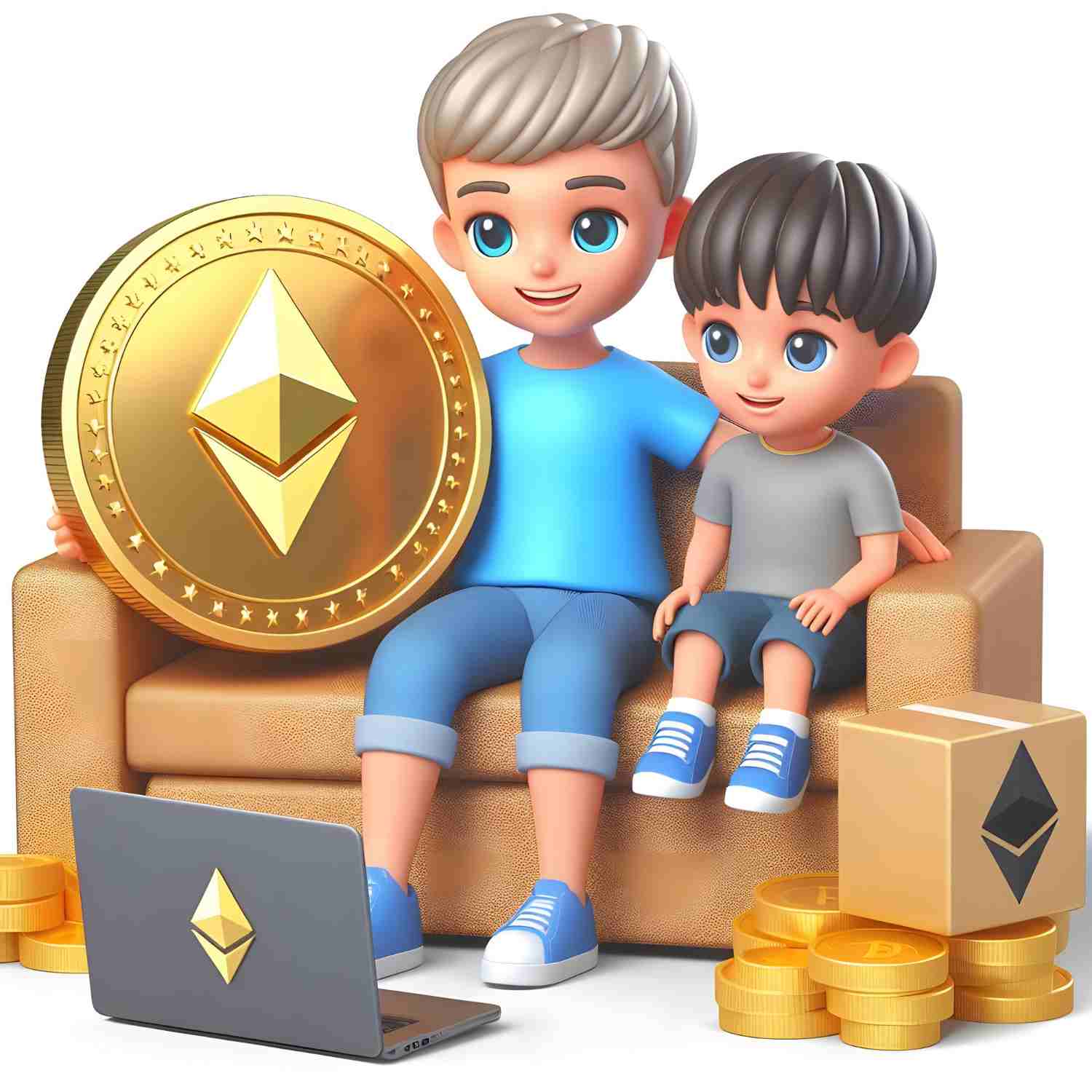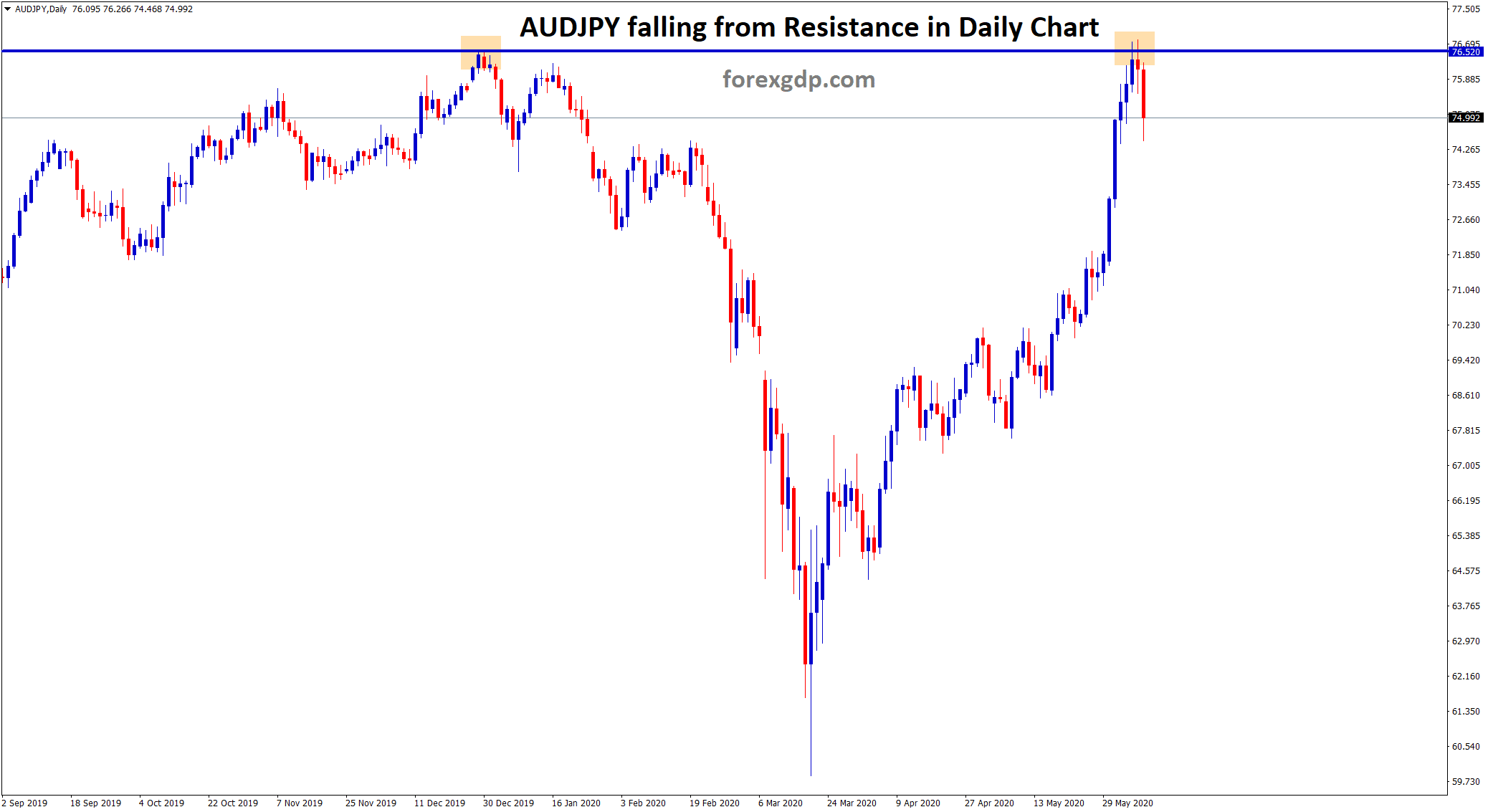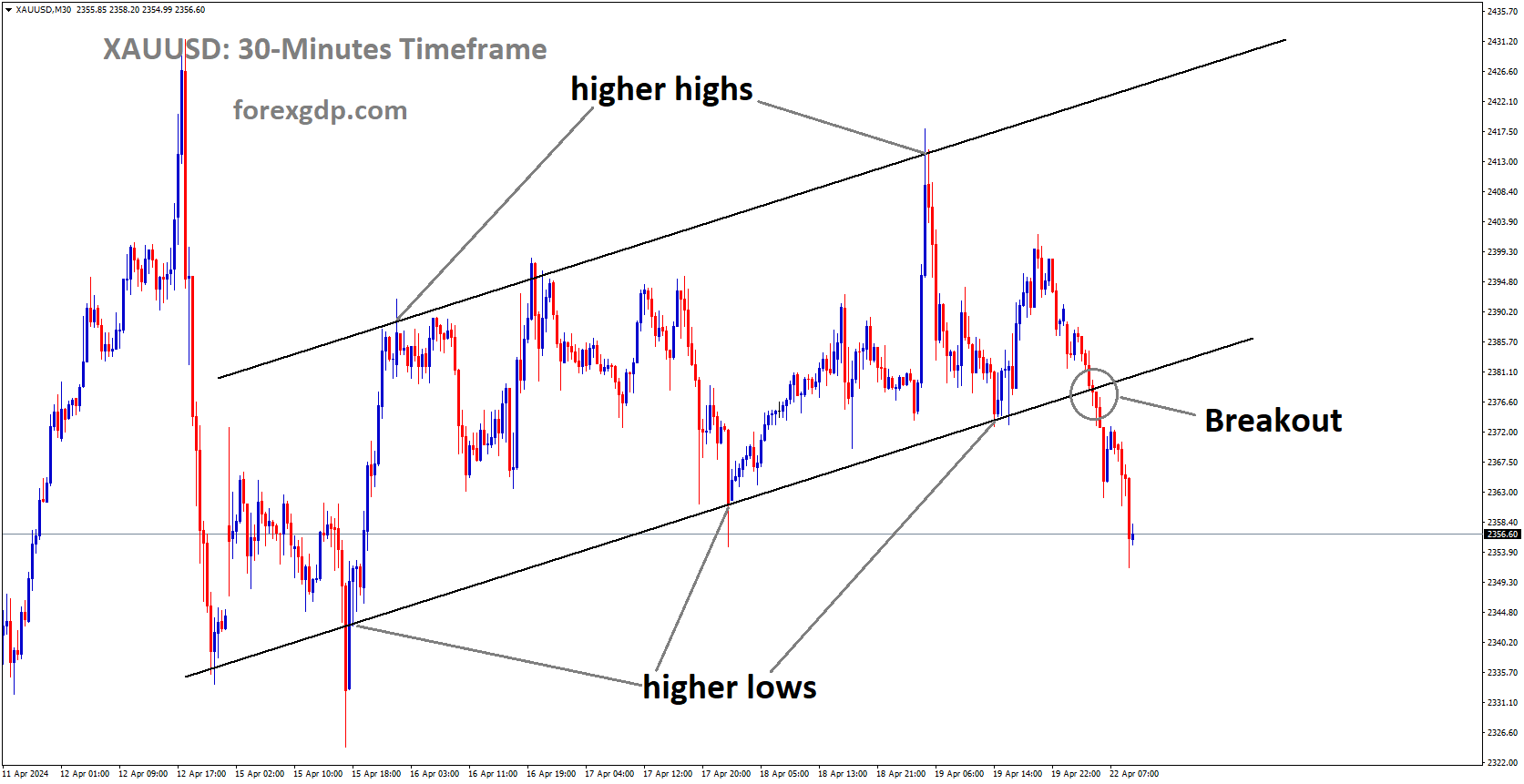Ethereum as an Innovation Platform
Ethereum’s capacity to act as a basis for blockchain innovation is one of the main factors explaining its such great impact. Ethereum lets developers create distributed apps—from financial products to games and social media platforms—all operating on the blockchain by means of its programmable smart contracts.
This article will examine closely how today’s price of Ethereum shapes trends impacting the sector and affects the larger cryptocurrency market.
Smart Contracts: Their Emergence
Smart contracts are self-executing agreements with directly written in code terms of the agreement. The blockchain of Ethereum is special since it was built specially to enable these contracts, therefore enabling intricate, distributed applications. One cannot stress the value of smart contracts in the ecosystem of cryptocurrencies:
- Automation of financial operations: From loans to insurance, smart contracts eliminate middlemen.
- Increased security: These tamper-proof, unchangeable agreements create trustless relationships.
- General acceptance: Ethereum smart contracts enable major projects such as distributed apps like Uniswap and Chainlink to operate.
With alternatives to conventional banking and lending services, the rise of distributed finance (DeFi) apps—many of which are built on the Ethereum network—has drastically changed the crypto industry.
The DeFi Boom: Ethereum’s Part
Ethereum is at the core of one of the hottest industries in the crypto scene: decentralized finance (DeFi). DeFi, or financial services leveraging blockchain technology to provide open, permissionless access to financial products free from middlemen like banks or brokers, Projects like Aave, Compound, and MakerDAO can blossom thanks to Ethereum’s infrastructure.
Key reasons Ethereum dominates:
- DeFi Smart contract functionality: Ethereum’s smart contract features let financial services be automated free from human involvement.
- The broad basis for developers: The great number of developers working on Ethereum supports ongoing innovation and security enhancement.
- Liquidity and reliability: DeFi projects find Ethereum a reliable platform given its market value and long standing.
Ethereum’s value has been raised by the DeFi market alone, which also attracts new investment into the network. Ethereum’s impact on the wider general market becomes increasingly clear as DeFi expands since these technologies enable borrowing, lending, and interest in distributed methods.
Ethereum 2.0: Effects
Investors and engineers both have taken an interest in Ethereum’s move to Ethereum 2.0, an update meant to solve environmental issues and scalability problems. Ethereum’s update will move it from a Proof of Work (PoW) to a Proof of Stake (PoS) consensus method, therefore increasing its scalability and energy efficiency.
Ethereum 2.0 and market effects:
- Lower transaction costs: The network update will drastically cut gas costs, so Ethereum will be more easily available to consumers and developers.
- Ethereum 2.0 will let the network handle more transactions per second, hence enhancing user experience and extending the range of dApps.
- Turning to Proof of Stake drastically lowers the Ethereum network’s energy usage, therefore addressing concerns about the environmental impact of cryptocurrencies.
Ethereum 2.0 is likely to have far-reaching effects on the cryptocurrency market, so Ethereum is more competitive against rising platforms like Binance Smart Chain and Solana and improves its capacity to serve massive DeFi initiatives.
Ethereum’s Impact on Altcoins
Many other coins and tokens also derive their basis from the Ethereum network. Designed on the Ethereum blockchain, these digital assets—known as ERC-20 tokens—include some of the most well-known cryptocurrencies including Tether (USDT), and USD Coin (USDC).
How Ethereum drives altcoins:
- Growth Platform for ICOs: Launched on Ethereum’s blockchain, many initial coin offers (ICOs) helped to establish Ethereum as a center for fresh cryptocurrency initiatives.
- ERC-20 tokens may easily interact with Ethereum’s dApps to build a strong ecosystem of linked coins.
- Hosting so many well-known tokens has helped Ethereum to become of the most liquid and frequently traded blockchains available in the crypto market.
By driving network utilization, raising demand for Ethereum, and therefore confirming its centrality in the crypto market, altcoins in turn feed back into the Ethereum ecosystem.
NFT Explosion: Ethereum’s Function
With their ability to let one own and trade original digital assets, non-fungible tokens (NFTs) have exploded on the scene.
Through various important features, Ethereum is rather important in the NFT industry. The basis of the NFT ecosystem, unique, non-fungible tokens are made possible by the ERC-721 standard. Furthermore, most significant NFT markets are constructed on the Ethereum blockchain, therefore underlining control over a significant amount of NFT trade activity. Moreover, the emergence of NFTs has brought blockchain technology to fresh audiences, hence expanding Ethereum’s user base and raising demand for the platform.
Ethereum has diversified its impact and confirmed its place in the larger digital economy by taking front stage as the main blockchain for NFTs.
In Summary
Unquestionably, Ethereum shapes the worldwide cryptocurrency market. Ethereum has transformed the way the world interacts with blockchain technology from its smart contract capability that drives DeFi to the basis for innumerable altcoins and NFTs. The Ethereum 2.0 update only helps to improve its position by addressing scalability concerns and increasing the environmental sustainability of the network.
Ethereum’s influence will probably increase as it keeps innovating and adjusting to new trends, therefore supporting its leadership in the cryptocurrency ecosystem. Navigating the future of digital finance depends on knowing Ethereum’s contributions to the market for engineers, traders, and investors alike.







